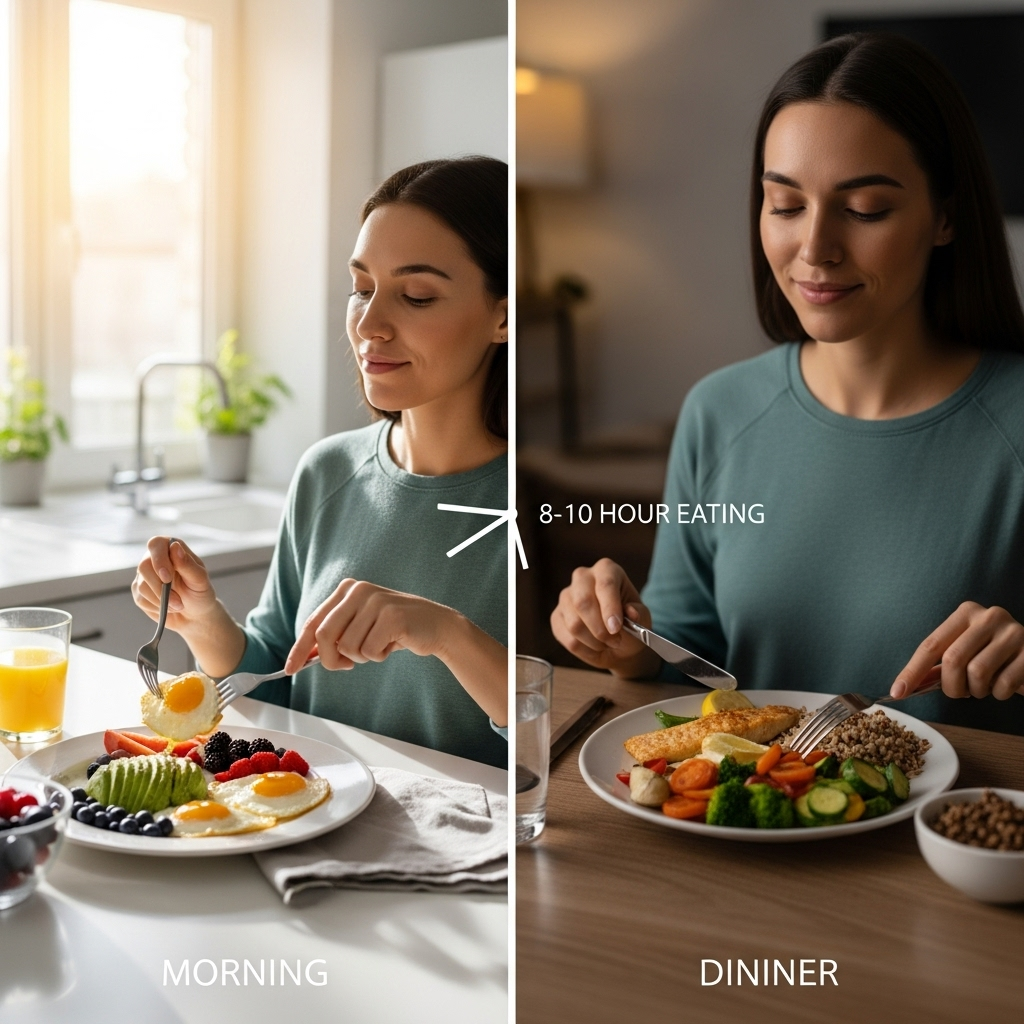Diabetes management goes far beyond simply counting calories. As someone deeply immersed in the science of metabolic health, I've found that understanding the nuanced relationship between what we eat, how our bodies process different foods, and the subsequent impact on blood glucose is critical for anyone living with diabetes. Today, I'd like to explore how the conventional wisdom about calories intersects with optimal diabetes management.
The Calorie Equation: Necessary But Incomplete
The basic energy balance equation remains true: consume more calories than you expend, and you'll gain weight; create a deficit, and you'll lose weight. For those with diabetes, body composition matters tremendously, as excess body fat (especially visceral fat) can worsen insulin resistance.
However, this simplistic view misses crucial elements:
-
Metabolic adaptation is real - When you restrict calories long-term, your body fights back. Your metabolic rate decreases, hunger hormones like ghrelin increase, and satiety hormones decrease. This makes continued weight loss progressively more difficult, which is why many diabetics hit frustrating plateaus despite strict calorie control.
-
Your body doesn't process all calories equally - The hormonal response to 500 calories of salmon is dramatically different from 500 calories of soda. For diabetics, this hormonal response—particularly insulin secretion—is the central issue we're trying to manage.
As I often tell my patients, focusing exclusively on calorie math while ignoring the metabolic effects of different foods is like trying to manage your finances by counting dollars without considering whether you're investing them wisely.
The Macronutrient Matrix: What Matters Most for Diabetes
When it comes to diabetes management, the composition of your diet can be more important than the total calorie content:
Carbohydrates: These have the most immediate and pronounced effect on blood glucose. However, not all carbs are created equal:
- Refined carbs and sugars cause rapid glucose spikes followed by crashes
- Complex carbs with fiber (like non-starchy vegetables) provide steadier energy and better glucose control
- For many with diabetes, significant carbohydrate restriction can dramatically improve glycemic control
Protein: Beyond its satiating properties, protein:
- Has minimal direct impact on blood glucose compared to carbohydrates
- Helps preserve muscle mass during weight loss, which is essential for metabolic health
- Requires more energy to digest (thermic effect), boosting metabolism slightly
Fats: While calorie-dense, fats:
- Have negligible direct effects on blood glucose
- Can slow the absorption of carbohydrates when consumed together
- The type matters significantly: omega-3s may improve insulin sensitivity, while trans fats worsen it
For diabetics, understanding that carbohydrates are the primary macronutrient driving blood glucose responses often leads to prioritizing protein and healthy fats while being strategic about carbohydrate intake.

Food Quality: The Missing Piece in Diabetes Management

Beyond macronutrients, food quality significantly impacts diabetes management:
Nutrient Density: Foods rich in micronutrients (vitamins, minerals, phytonutrients) support metabolic pathways and cellular health. Many of these pathways influence insulin sensitivity and glucose utilization.
Processing Matters: Highly processed foods often:
- Contain added sugars and refined carbohydrates that spike blood glucose
- Lack fiber that would otherwise slow glucose absorption
- Include industrial seed oils that may promote inflammation
- Are engineered to bypass satiety signals, leading to overconsumption
The Fiber Factor: Adequate fiber intake:
- Slows carbohydrate absorption, reducing glucose spikes
- Supports a healthy gut microbiome, which increasingly appears linked to metabolic health
- Increases satiety, helping manage calorie intake without hunger
Practical Application: A Framework for Diabetes Management
So how do we apply this knowledge practically? Here's my framework:
-
Prioritize blood glucose control over calorie counting: Use continuous glucose monitoring if possible to understand your personal responses to different foods.
-
Build meals around protein and non-starchy vegetables: This approach naturally controls calories while providing steady energy and essential nutrients.
-
Be strategic with carbohydrates: If you include them, choose complex, fiber-rich options, consume them with protein and fat to blunt glucose response, and adjust portions based on your metabolic health.
-
Don't fear healthy fats: They're essential for hormone production, nutrient absorption, and satiety.
-
Consider time-restricted eating: Evidence suggests that when you eat matters too, not just what you eat. Giving your body periods without food intake can improve insulin sensitivity.

Remember that managing diabetes isn't about perfection but progress. Small, sustainable changes to food quality and macronutrient balance often yield better long-term results than drastic calorie restriction that can't be maintained.
The goal isn't just numerical control of blood glucose but comprehensive metabolic health—and that requires looking beyond the calorie.
References:
Ludwig, D. S., & Ebbeling, C. B. (2018). The Carbohydrate-Insulin Model of Obesity: Beyond "Calories In, Calories Out". JAMA Internal Medicine, 178(8), 1098-1103.
Evert, A. B., Dennison, M., Gardner, C. D., et al. (2019). Nutrition Therapy for Adults With Diabetes or Prediabetes: A Consensus Report. Diabetes Care, 42(5), 731-754.






